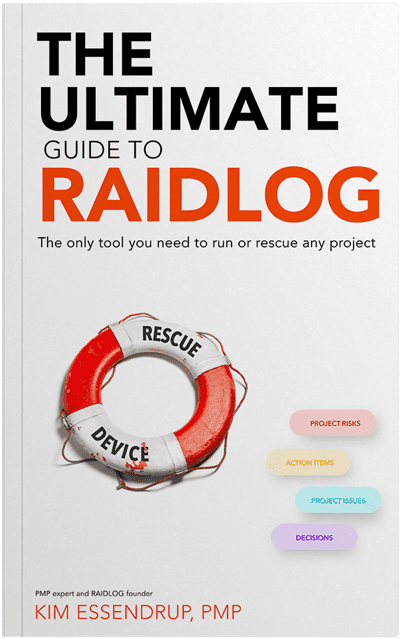“What changed? When and why?” These are questions that, as a PM, you need to be able to answer at any time on a project. If you’re not aware of all the changes on your project, then who is?
Tracking change is a fundamental skill and responsibility of a project manager. Any time there is a change to any parameter, the PM must identify the change, evaluate the impact and raise it to the sponsors for evaluation. Although schedule, scope and cost are the most common parameters to track, changes to resources, stakeholders and sponsors are just as important.
This is where your RAID log can shine. RAID log is a great place to maintain a centralized list of all changes in the project, whether they are approved or not, still being researched or newly identified.
Rather than a dedicated Change log on your RAID, many PMs prefer to track project changes in the Decision log. I sometimes prefer this approach, myself, with a column denoting the nature of the change so I can easily filter out decisions specific to project changes. Whether you track change requests as a decision or a separate log is a judgment call you will need to make. As long as they are logged one way or another, you’ll be fine.
